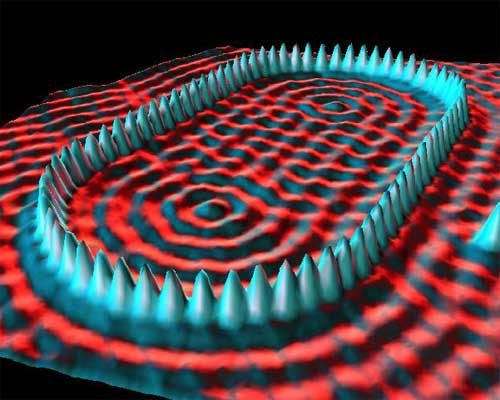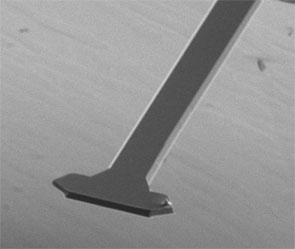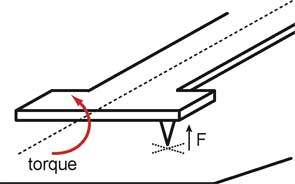Nanosolar is a fascinating company and a venture to watch. Well-funded (in part by some of the guys who brought you Google), with almost 700,000 square feet (65,000 square meters) of fresh manufacturing space, this company has figured out how to leverage self-assembling nanoscale materials to create flexible, printable solar cells of high efficiency and attractive durability and cost. While some credible detractors like Cypress Semiconductor's T.J. Rodgers have their money on more mature silicon-based technologies rather than newer materials like Nanosolar's Copper Indium Gallium Diselenide [CIGS], the sheer coolness of what Nanosolar has accomplished makes it a standout.
There's another reason to cheer Nanosolar: they're doing their manufacturing in the San Francisco Bay Area. With the US dollar held down as a strategy for turbocharging the export economy, this is a fine strategy for a fast path to profitability today, and a welcome boost for the Bay Area's fading manufacturing fortunes.
They're not alone in pursuing novel approaches to solar energy or even flexible solar cells, but Nanosolar seems well-positioned to succeed in the perilous jump from venture to enterprise.



